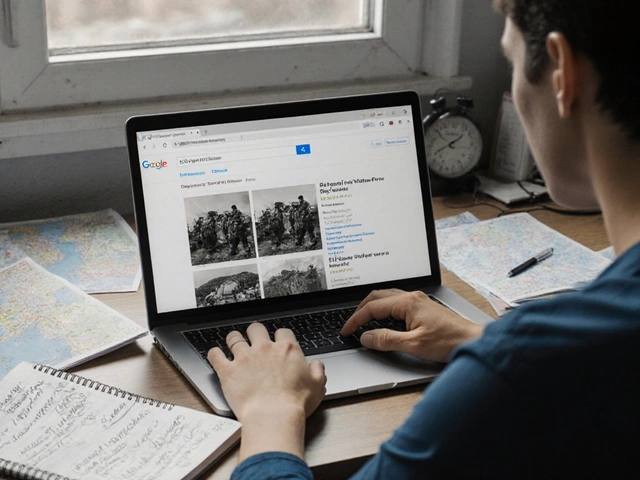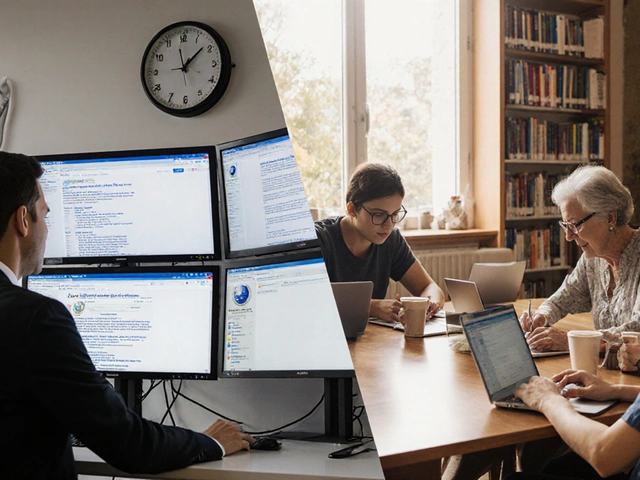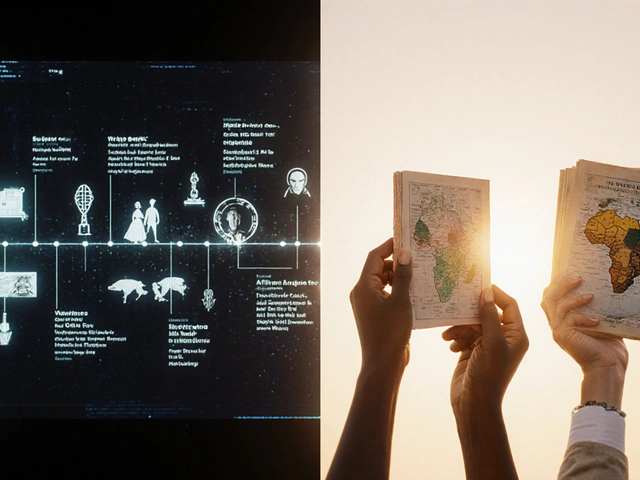Fact-Checking Wikipedia: How to Verify Facts and Avoid Misinformation
When you're trying to confirm a claim, fact-checking Wikipedia, the process of verifying information using Wikipedia’s citations and edit history to trace claims back to reliable sources. Also known as Wikipedia source verification, it’s not about trusting the article itself—but using it as a map to real evidence. Most people think Wikipedia is a source. It’s not. It’s a gateway. Every claim on Wikipedia should have a citation, and those citations are what matter. If a fact is true, it’s because a peer-reviewed journal, a government report, or a reputable news outlet said so—not because Wikipedia repeated it.
Fact-checking Wikipedia requires understanding how its system works. You need to check the reliable sources, external publications like academic journals, official documents, or established news outlets that Wikipedia editors use to back up claims linked at the bottom of an article. You also need to look at the edit history. Was the claim added by a new user with no track record? Was it later challenged or reverted? Tools like the Wikipedia watchlist, a feature that lets editors track changes to specific articles to catch errors or vandalism help volunteers spot problems fast. And when a story goes viral, editors often rush to update the article with the latest info—sometimes too fast. That’s why checking the talk page matters. That’s where editors debate whether a source is good enough.
Journalists use Wikipedia daily—not as a citation, but as a search engine for sources. They find a fact, click the link, and go straight to the original study or article. That’s how you avoid the trap of quoting Wikipedia as if it’s the origin. The same goes for researchers, teachers, and even fact-checking organizations. They know that Wikipedia’s strength isn’t in its words—it’s in its references. But that only works if the references are real. That’s why source verification, the process of confirming that a cited source actually supports the claim made in the article is so critical. A fake link, a paywalled article, or a misquoted study can slip through—and that’s why the best fact-checkers don’t stop at Wikipedia. They go further.
What you’ll find below are real stories from the people who do this work every day. From how journalists use Wikipedia to track down primary sources, to how volunteers fight misinformation with annotated bibliographies and edit patrols. You’ll see how AI tools are being tested to help flag unreliable claims, and how even a single unverified photo can spread false narratives. This isn’t theory. It’s practice. And if you want to know whether something’s true, these are the steps that actually work.
How to Use Wikipedia Talk Pages to Fix Disputed News Content
Learn how Wikipedia talk pages help editors resolve disputed news content through source-based discussion, collaboration, and policy-driven consensus-without bias or rumor.






